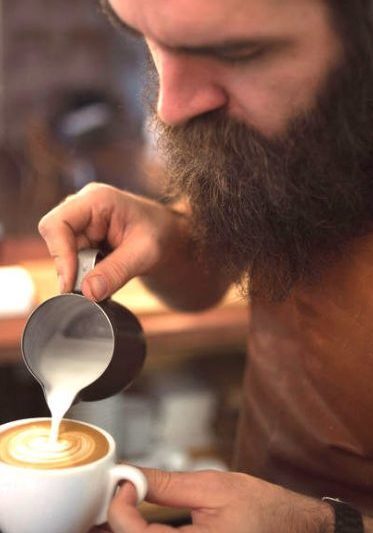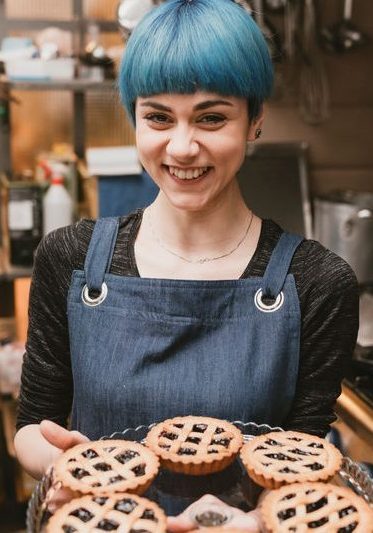Consumers value consistency. Consistency of service, consistency of product, consistency of availability, particularly when we travel. But consumers also value the unique and, of late, the local – that feeling of having discovered a secret gem. As a business owner, how do you cater to this perplexing paradox?
Many brands enter communities and appear “out of place” simply because they either do not understand or have not attempted to integrate the physical properties or history of the new community. What’s more, nuances between locations within a single community may require a high degree of variability to truly look, smell and feel at home.
Starbucks’s vice president of design for the Americas, Bill Sleeth, explained in a Wired.com report, “What you don’t want is a customer walking into a store in downtown Seattle, walking into a store in the suburbs of Seattle, and then going into a store in San Jose, and seeing the same store.” Surveys of Starbucks customers revealed that this was becoming their impression. Consistency, often an asset, had become somewhat of a liability. In response, Starbucks is becoming increasingly intentional to infuse local aesthetic and personality into its new stores. This is done, in part, by getting designers out of the Pacific Northwest and into the neighborhoods and cities welcoming these new locations. As Sleeth explains in the Wired.com interview “we couldn’t design locally relevant stores, stores that would resonate with our customers, from Seattle.” This intelligence informs even design elements that seem reasonably standard and straightforward, like seating. As it would be, in some neighborhoods patrons enjoy coffee in community while in others they are more commonly alone. This observation dictates the selection of bar stools, for instance, or large tables to accommodate groups. Pairing this understanding with a purposeful nod to local architecture and art and you have a coffee shop that feels like it really belongs, not just another imprint of a predictable chain.
Physical space is, of course, just one facet of the customization tightrope walk. How much do you customize your new locations while still being economically scaled and efficient? The same question could be posed of your businesses product offerings, examining how variation (however loyally relevant) may impact the logistics of your supply chain. To help your business bring this balancing act more into focus, reflect on the following:
- Are you seeking to sell your same products to customers in new markets, or are you understanding the needs of those markets and tailoring your solutions to be relevant to them? How far can and do you go to achieve local relevance?
- How effectively have you sought partnerships and repositioned your leadership structure to achieve relevance in new markets?
- Have you created a “sense of place” in your new markets such that you can blend your brand with local needs?
Kimberlee Sherman, program manager for Starbuck Global Design and Construction Support Services, explains “Designers need to understand the architecture of the store, the neighborhood, the customer base, and the competition.” Looking across these four dimensions, how will your business approach its second or next location?

Joseph A. Michelli, Ph.D. is a professional speaker and chief experience officer at The Michelli Experience. A New York Times #1 bestselling author, Dr. Michelli and his team consult with some of the world’s best customer experience companies.
Follow on Twitter: @josephmichelli



